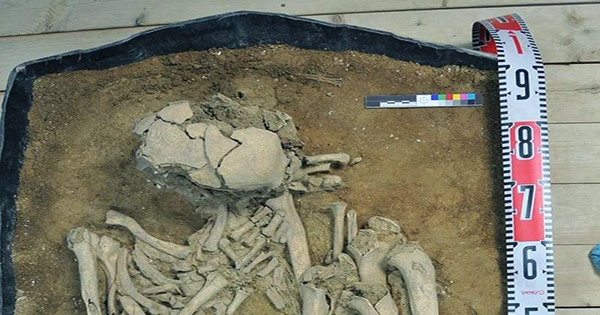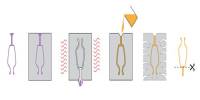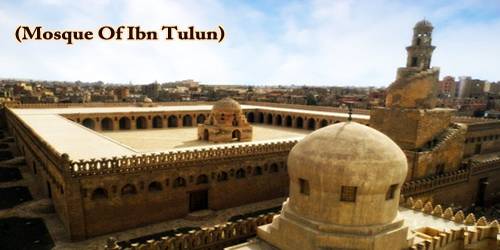Hundreds of thousands of years ago, island South East Asia was a hotbed of human variety, with Homo floresiensis (“Hobbits”) and Homo luzonensis coexisting with Denisovans and Homo sapiens. The tale was thought to be considerably duller in recent times, at least with reference to Wallacea – now part of eastern Indonesia – with a single wave of Austronesian farmers displacing prior hunter-gatherers. DNA extracted from 2,600 to 250-year-old bones and teeth, on the other hand, offers a totally different narrative. Deep ocean straits separate the Wallacea area from both mainland Asia and Australia.
Unlike other South East Asian islands that got connected to one continent or the other during periods of low sea level, Wallacea’s islands never did, allowing plants and animals to establish ecosystems that could float, fly, or swim there. Human occupancy was difficult for the same reason, and we still don’t know how the first settlers arrived on these islands. However, as part of possibly the biggest migration in human history, which transported people as far as Easter Island and Madagascar, a large migration of Austronesian-speaking peoples is known to have arrived on the islands more recently.
However, a team of scientists report in Nature Ecology and Evolution that this was simply one of at least three settlements that occurred around the same period, each with its own specific traits. On these islands, Professor Sue O’Connor of the Australian National University conducts archeological excavation. She told IFLScience that numerous institutes have attempted but failed to extract DNA from her earlier finds. That’s not surprising, given how damaging tropical heat and humidity are to DNA, but it raises important issues about the link between early human settlers in the area and ourselves.
However, when O’Connor and colleagues brought younger bones and teeth to the Max Plank Institute, the results were different. DNA from 16 Wallacea residents between 600 BCE and 1770 BC was successfully sequenced, revealing “a magnificent genetic melting pot,” as O’Connor put it in a release. DNA from mainland Southeast Asia appeared in the islands before the Austronesians arrived. “I suppose we’re looking at tiny groups, maybe of early farmers,” said ANU’s Emeritus Professor Peter Bellwood, “who journeyed a great way, left no archaeological or linguistic evidence along the way, but boosted their population levels after arriving.”
The Austronesian languages had come to dominate the area, according to O’Connor, but archaeologists believe another civilization developed on the islands, based on two forms of pottery and implements known as Neolithic A and B. “Until recently, there was no hard proof,” she explained, “but DNA is where the buck stops.” Papuan people were also arriving on the islands from the opposite way at the same period, according to ancient DNA. On the other hand, despite hints of commerce, there is no genetic evidence of Indigenous Australians visiting Wallacea.
The fact that so many specimens were successfully sequenced thanks to breakthroughs in DNA processing may provide hope to even older samples. If that’s the case, it might help address some of the most perplexing concerns regarding the region’s increasingly perplexing human family tree – or possibly entangled bush. However, O’Connor is wary, citing the continuous failure to detect viable DNA in this 7,000-year-old environment.
















